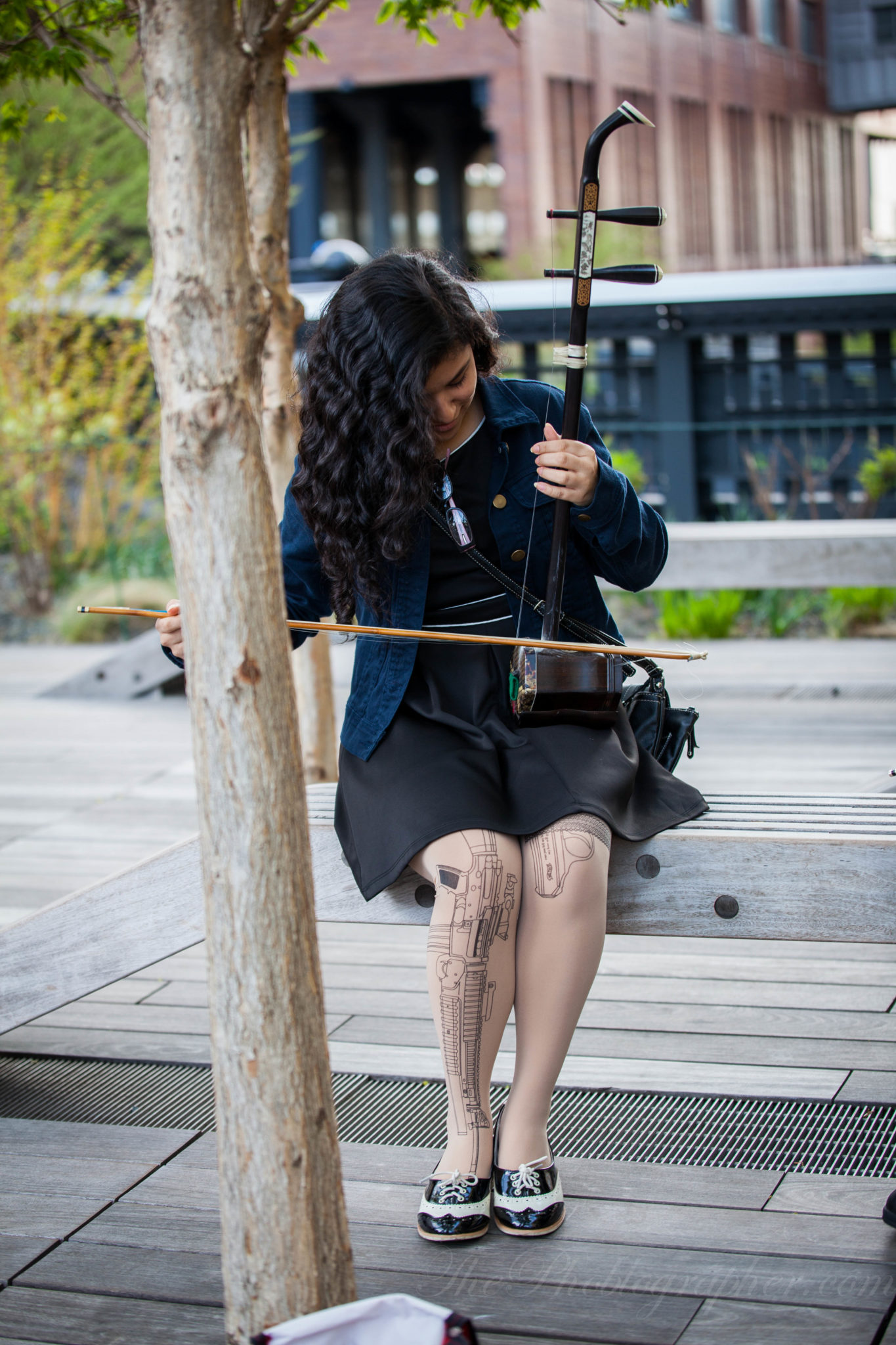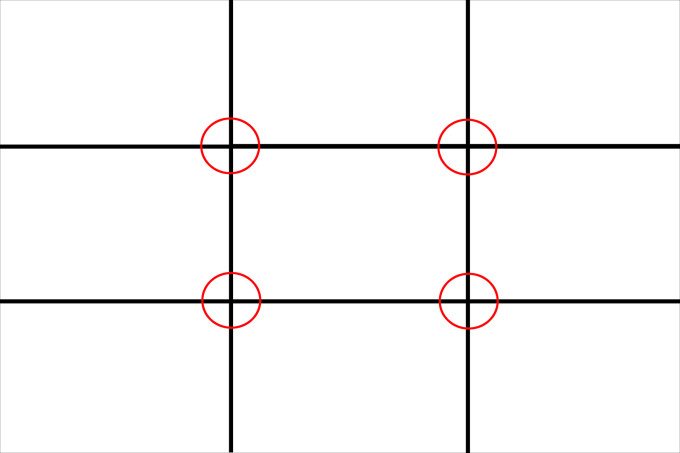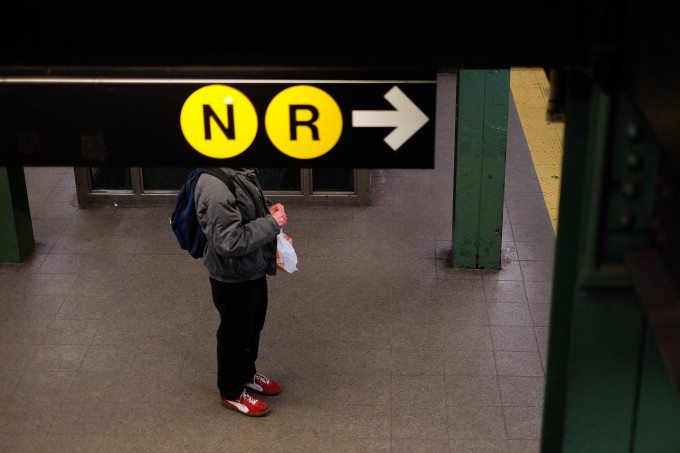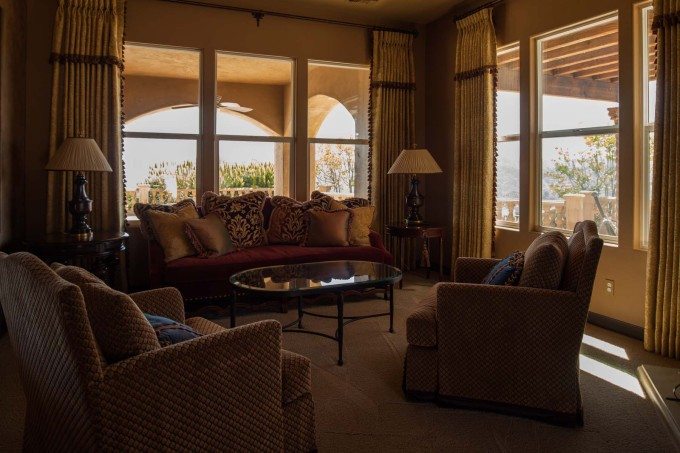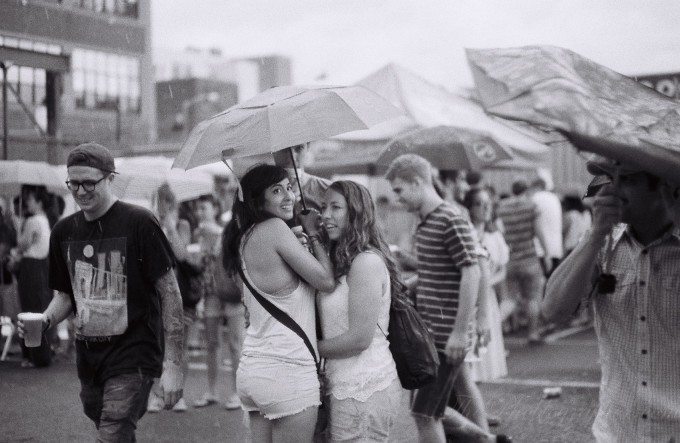Many folks have heard of them. A long time ago, we wrote an introduction to the rule of thirds, but it’s been in serious need to a revamp. The Rule of Thirds is one of the biggest rules in the photography world that every instructor and other photographers tell you to follow. But it is very easy to get too caught up in that and not focusing on subject matter.
And in the end, subject matter and content are king. To that end, the rule of thirds can sometimes be thrown right out the window.
What is the Rule of Thirds?
As the most basic form of composition, the rule of thirds requires that you take an image and split it into nine sections. These nine sections have specific intersections that the rule states you need to place your subjects on. This applies for landscape (horizontal) and portrait (vertical) orientation. The rule of thirds has been used by many photographers for years and is a overall a great technical way to compose an image; but the rule of thirds cannot and should not take priority over the subject matter of an image.
When photographers are first starting off, they usually stick to the rule of thirds quite a bit. Considering that modern cameras also have focusing points that mostly work along the rule of thirds, it also makes adhering to these compositional rules much simpler.
The Golden Spiral
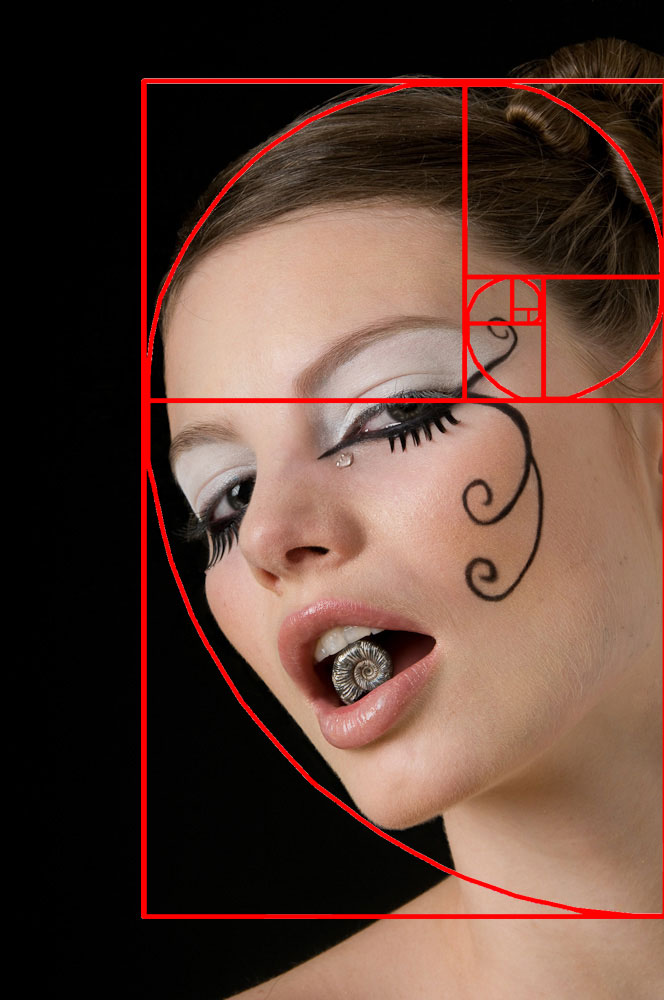
There is also a variation of the rule of thirds known as the Golden Spiral. This is another form of composition that is much leser known. This method is very based on a different type of composition. According to our older article, composition tells your audience where you want them to look. It draws their eye to the parts of the image you want them to focus on, as much as lighting and color do. Which one you use when shooting and cropping is not that important as long as you use one. Most images that follow one compositional technique will also follow another. If you compose using the rule of thirds there is a reasonable chance it will also fit into the Golden Spiral and vice versa. Choose one and work with it and your images will look better.
Who Should Follow It?
The rule of thirds is something that every photographer is taught to adhere to; and so in every single shooting situation, it should be considered a case by case basis. When you’re faced with various situations upon looking at a scene, it is easy to simply center a subject and photograph them. In all honesty, you can always fix it in the post-production process later on. But an even better method when out shooting is to already have a focusing point in mind and compose based on that.
Many teachers will also tell you to follow the rule of thirds but again, we find it to be very situational and shouldn’t take priority over the content of an image. If you have dramatic and awe-inspiring content, then no one in their right mind will sit there complaining that you didn’t compose along the rule of thirds. Indeed, your work can land itself in galleries with no problems if all your subjects are totally centered.
However, we generally suggest that to start out you use the rule of thirds until you find yourself one day looking at your images and saying to yourself that you like a certain one based on another composition.
Who Should Break it?
To be honest, we want to say that only photographers that have shot lots and lots for well over a year should be the ones to break this. In fact, we think that even then you might not have enough experience. The way that you know if you should break the rule of thirds or not is just by simply looking at an image and trusting your gut impression. When you do this you should take the following things in mind:
– Negative and Positive space balance
– Composition based on color
– Subject matter meant to actually be in the image based on the story that you’re trying to tell
When Should You Break it? When Should You Follow It?
Breaking the rule of thirds once again is something is very based on the moment–and with that you need to always be in tune with your environment and also try to predict movement and reactions.
When I personally was a wedding photographer, I used to walk around reception and shoot images based on not only the subject matter but also based on a specific compositional point. This later continued into my own personal street photography.
Again though, you could choose to always use the center focusing point and crop like crazy afterwards; but that’s a lot of work in post-production.
In Relation to Imaging Ratio Sizes
Because the rule of thirds breaks images into nine equal areas, it also varies depending on the image ratios. Many of these ratios are very well known, they are:
– 6×4.5
– 3:2
– 16:9
– 3:4
– 4:3
– 1:1
Some (actually most) of these ratios are very strongly based on rectangles. However if you’re shooting in the square format, your subjects are often crammed into a smaller area that makes your subject’s eyes essentially just lead to the center. In a case like this, why even use the rule of thirds?
How Do You Balance of Breaking and Following the Rules?
Maintaining the balance is usually something that you’ll do based on a lot of different situations. If you look to a scene and immediately think that it works, then that’s your gut and your mind’s eye saying so. But if you don’t think so, then we encourage that you do whatever you can to make that image overall look better and to cut out the clutter from the story that you’re trying to tell.


